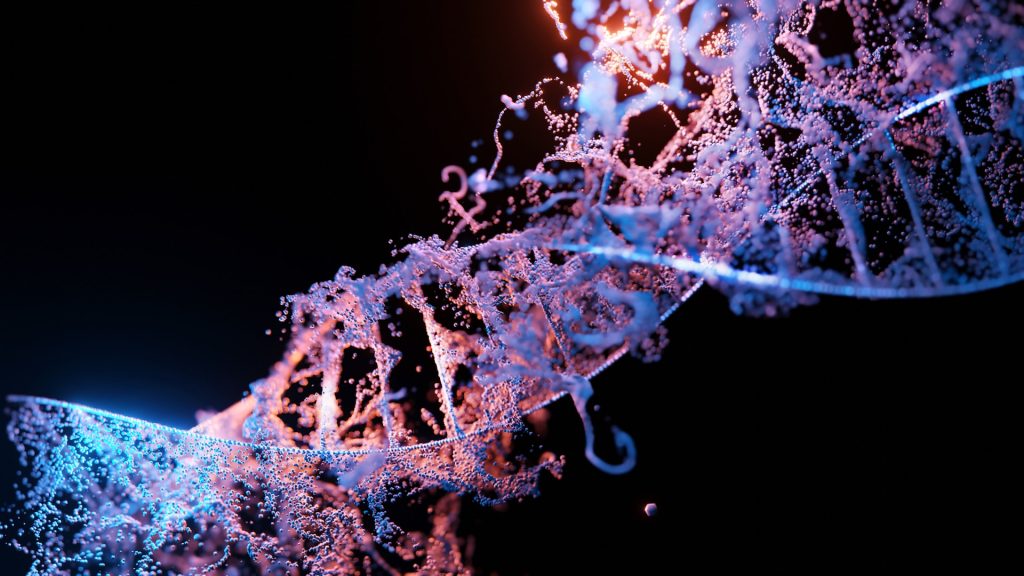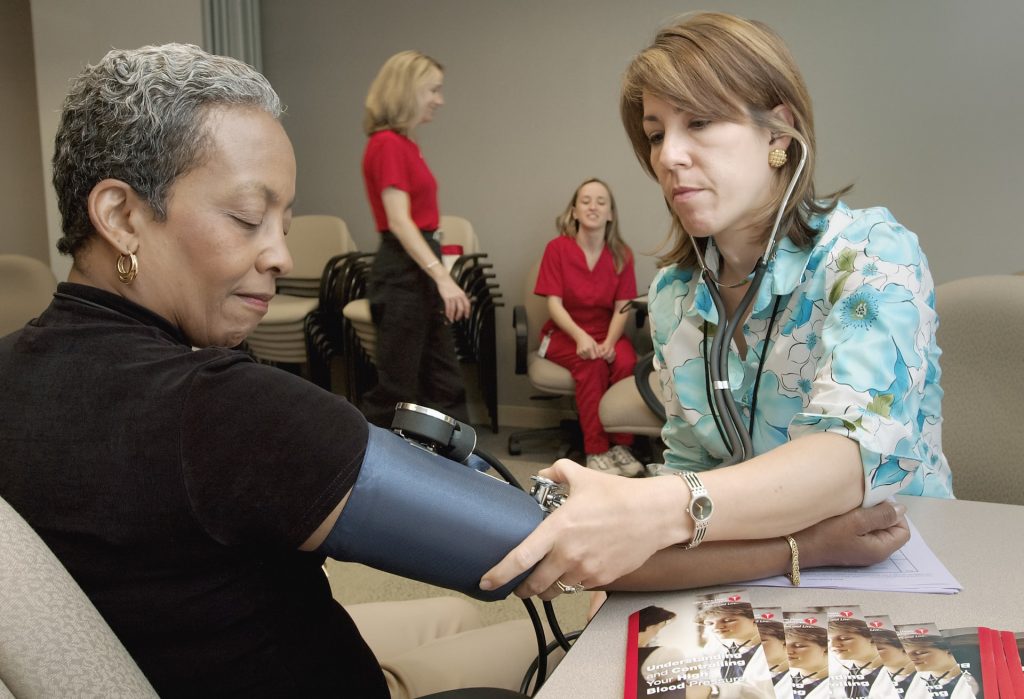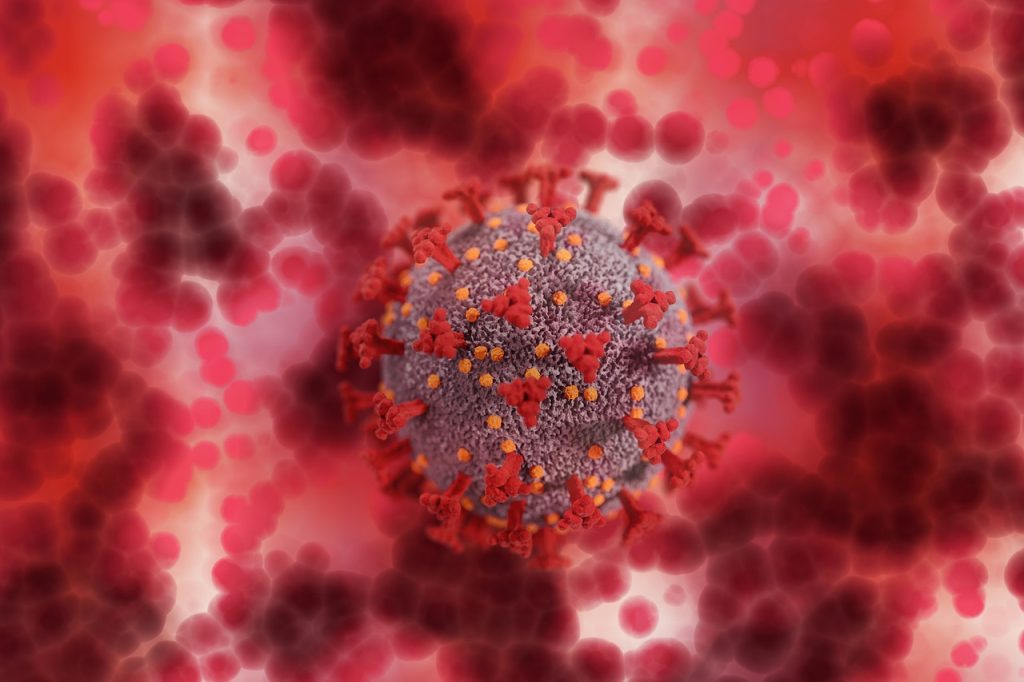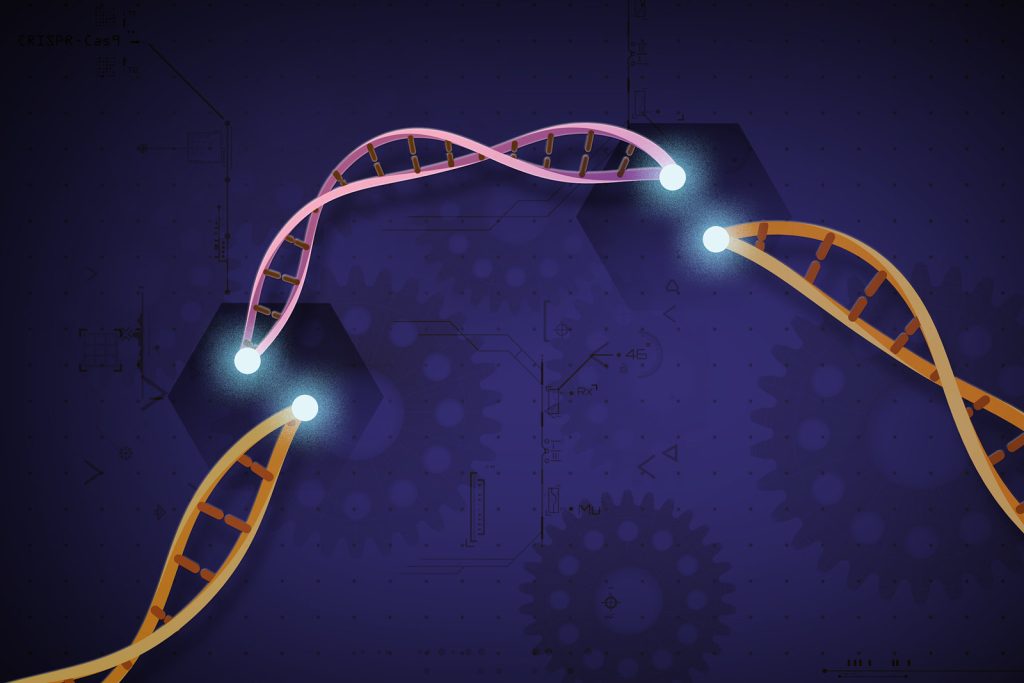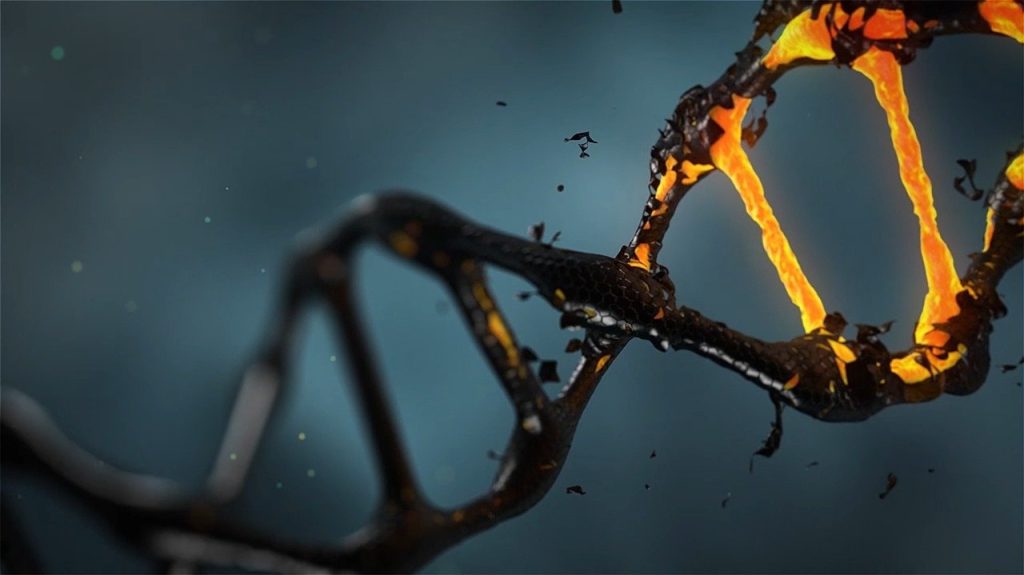A Tiny Chromosomal Deletion is Linked to Spina Bifida

A group of researchers at the University of California San Diego School of Medicine led an investigation that offers new insight into the causes of spina bifida, the most common structural disorder of the human nervous system.
The group’s work reveals the first link between spina bifida and a common chromosomal microdeletion in humans. The study demonstrates that individuals carrying this chromosomal deletion – present in one of 2500 live births – demonstrate a risk of spina bifida more than 10 times greater than the general public.
The study, published in Science, also underscores the potential role of folic acid (aka vitamin B-9) in reducing the risk of spina bifida.
Professor Joseph G. Gleeson at Rady Children’s Institute for Genomic Medicine, is the senior author of the study. He explained that spina bifida, also known as meningomyelocele, affects one in every 3000 newborns. Unfortunately, the causes are mostly unknown. A few mutations were reported but could only explain a tiny fraction of risk, Gleeson added.
To uncover the genetic causes of the disease, Gleeson’s UC lab joined with colleagues around the world to establish the Spina Bifida Sequencing Consortium in 2015. The consortium began focusing on a tiny deletion in chromosome 22. Chromosome microdeletions refer to a condition in which several genes in a chromosome are missing. The group’s target condition, known as 22q11.2del, has been implicated in a number of other disorders. They began looking for 22q11.2del in spinal bifida patients.
“All patients we recruited have the most severe form of spina bifida, and all underwent best-practice comprehensive genomic sequencing,” Gleeson said. “We identified 22q11.2del in 6 out of 715 patients. This may not seem a high percentage, but this is by far the most common single genetic variation that could contribute to spina bifida.”
He went on to say the group identified eight additional spina bifida patients who carried the deletion from a cohort of approximately 1500 individuals recruited because of the presence of the common 22q11.2 deletion, Gleeson said.
The researchers then narrowed the cause among the many genes in the 22q11.2 deletion to a single gene known as CRKL. Gleeson explained that there are nine other genes in this chromosomal region that could have been the cause. He said the team began a process of elimination, “knocking out” each of the mouse genes one-by-one, when they received a fortuitous email from Dolores Lamb from Weil Cornell College of Medicine. Lamb had noted some of the mice in their vivarium that were missing Crkl and showed spina bifida. (Study co-first author Keng Ioi Vong, PhD, explained that researchers use all capital letters to describe the gene in humans, and lower-case for mice.) Lamb’s group heard about the Gleeson lab project through the Spina Bifida Association.
“This finding really got us excited because it meant that CRKL disruption might be sufficient for spina bifida,” said Vong. “We removed the mouse Crkl gene ourselves and confirmed that some of the mice developed neural tube defects, including spina bifida.” Most of the other genes in 22q11.2 deletion were subsequently excluded, he added.
They next turned their attention to how folic acid may modulate CRKL-mediated spina bifida. Vong noted that prior studies in humans demonstrated that folic acid supplementation prior to conception reduces the incidence of spina bifida and other neural tube defects by up to 30-50 %, but the mechanisms are still a mystery.
“When we deprived the Crkl mutant female mice of folic acid in their chow, many more of their offspring had neural tube defects, and the severity increased dramatically,” Vong explained. “This suggests that folic acid taken by pregnant women may not only reduce the risk, but also the severity of neural tube defects in their offspring.”
“We hope our findings can help the research community to better understand causes of neural tube defects, especially the causes attributable to common genetic findings like 22q11.2 deletion,” Gleeson said. “We also hope our findings can contribute to healthy pregnancies, improved women’s health, and improved outcomes for children.”

